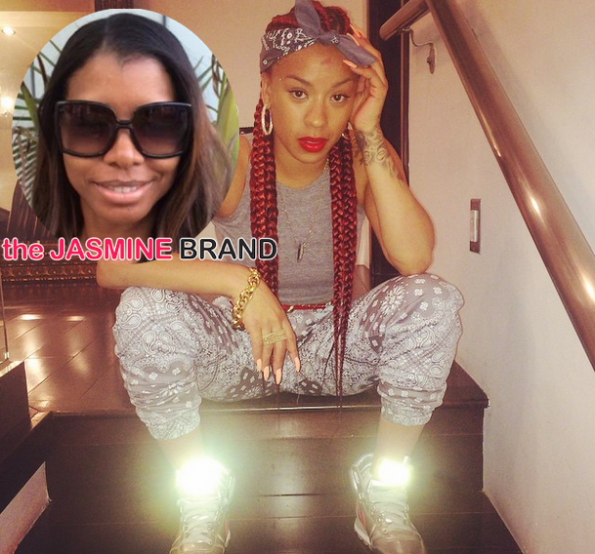This doesn’t indicate though that many males will receive a€?likeda€? back once again by 12per cent of all ladies they a€?likea€? on Tinder. This could simply be the actual situation if a€?likesa€? were equally distributed. In actuality , the underside 80per cent of males tend to be combating across the bottom 22% of women and the best 78% of females include combating extraordinary 20per cent of males. We are able to discover this pattern in Figure 1. The location in bluish means the times when ladies are very likely to a€?likea€? the boys. The spot in pink represents the times when guys are almost certainly going to a€?likea€? people. The bend does not go down linearly, but rather falls rapidly after the leading 20percent of menparing the bluish neighborhood together with pink place we could notice that for a random female/male Tinder discussion a man probably will a€?likea€? the feminine 6.2 hours more frequently than the feminine a€?likesa€? the male.
The Lorenz bend for Tinder economy is gloomier than the contour when it comes to people economic climate
We can furthermore see that the wide range distribution for men in the Tinder economy is very big. More women just a€?likea€? more appealing dudes. So how are we able to compare the Tinder economy to many other economic climates? Economists incorporate two biggest metrics evaluate the wide range submission of economies: The Lorenz bend therefore the Gini coefficient.
The Lorenz bend (Wikipedia back link) is a graph showing the proportion of total money or wide range assumed from the bottom x% of those. If wide range is equally marketed the chart would showcase a 45 degree range. The amount the curve bends below the 45 degree line shows the degree of wide range inequality. Figure 2 reveals the Lorenz contour when it comes down to Tinder economic climate when compared to curve for U.S. income circulation from a few years ago.
Which means that the inequality in Tinder wide range circulation was larger than the inequality of earnings in the US economy. One-way economists assess this distinction is through  contrasting the Gini coefficient for several economies.
contrasting the Gini coefficient for several economies.
The Tinder economy has a higher Gini coefficient than 95
The Gini coefficient (Wikipedia link) is actually several between 0 and 1, in which 0 corresponds with perfect equivalence where everybody has alike income (really commies) and 1 matches with best inequality in which one individual possess the earnings and everyone else enjoys zero money (let them eat dessert). America currently has actually among the higher Gini coefficients (most income inequality) of all of the world’s biggest economic climates at a value of 0.41. The Tinder Gini coefficient is additionally greater at 0.58. This could maybe not appear to be a huge difference but it is actually big. Figure 3 compares the income Gini coefficient submission for 162 places and includes the Tinder economy towards the list. America Gini coefficient exceeds 62% worldwide’s countries. 1percent regarding the region around. The only real nations that have a greater Gini coefficient than Tinder tend to be Angola, Haiti, Botswana, Namibia, Comoros, Southern Africa, Equatorial Guinea, and Seychelles (which I got never been aware of before).
Out of this facts (several facts gathered the earlier post) we can create an estimation regarding the portion of females on Tinder which are more likely to a€?likea€? a male based on their attractiveness. This graph was revealed as Figure 4. Keep in mind that the y-axis is in log scale therefore the bend is rather linear. This means the curve possess a top relationship to an exponential fit. Thus, you can easily assess your appeal degree should you a€?likea€? all ladies and keep track of the amount of babes that a€?likea€? your back once again with straightforward equation:
Нет Ответов